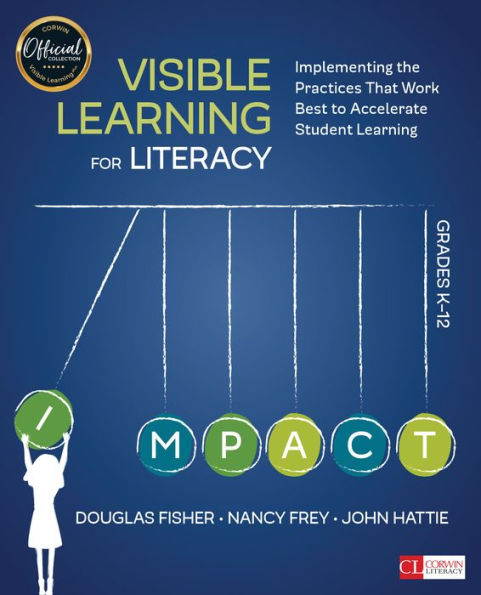5
1
9781506332352



Visible Learning for Literacy, Grades K-12: Implementing the Practices That Work Best to Accelerate Student Learning / Edition 1 available in Paperback, eBook

Visible Learning for Literacy, Grades K-12: Implementing the Practices That Work Best to Accelerate Student Learning / Edition 1
- ISBN-10:
- 1506332358
- ISBN-13:
- 9781506332352
- Pub. Date:
- 04/12/2016
- Publisher:
- SAGE Publications
- ISBN-10:
- 1506332358
- ISBN-13:
- 9781506332352
- Pub. Date:
- 04/12/2016
- Publisher:
- SAGE Publications

Visible Learning for Literacy, Grades K-12: Implementing the Practices That Work Best to Accelerate Student Learning / Edition 1
$41.95
41.95
In Stock

Product Details
| ISBN-13: | 9781506332352 |
|---|---|
| Publisher: | SAGE Publications |
| Publication date: | 04/12/2016 |
| Series: | Corwin Literacy |
| Edition description: | First Edition |
| Pages: | 216 |
| Sales rank: | 128,099 |
| Product dimensions: | 7.30(w) x 9.10(h) x 0.70(d) |
About the Author
From the B&N Reads Blog

